Past Members
Dr Simon Webster
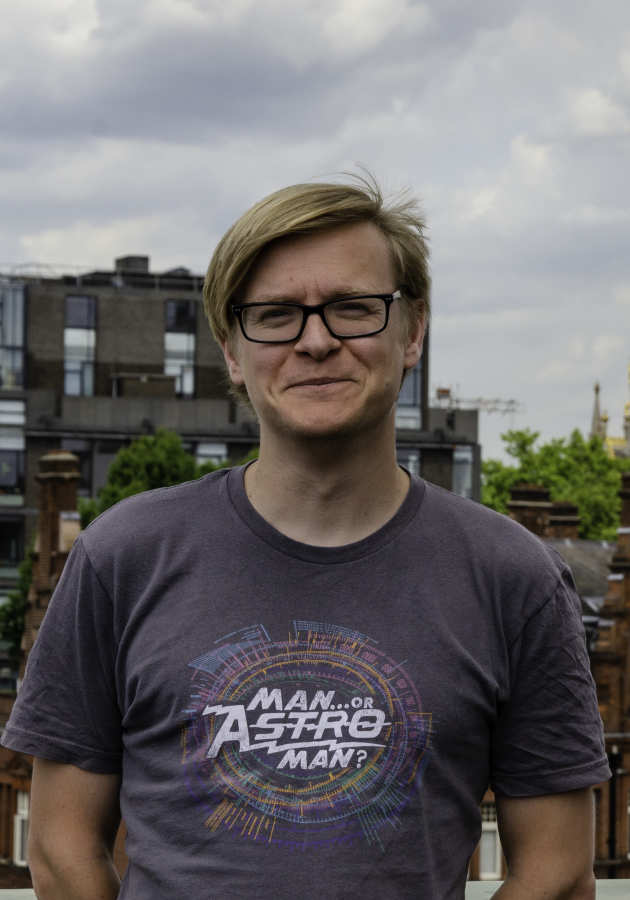
Simon has spent his physics career working in the field of experimental quantum optics, primarily using trapped ions. He did his D Phil at the University of Oxford, where he worked on the ground state cooling of trapped calcium ions as preparation for performing two-qubit quantum gates.
His first post-doctoral role was at the Max Planck Institute for Quantum Optics, in the area of cavity QED using single atoms, primarily for efficient generation of single photons. After this, he returned to trapped ions, working at the University of Oxford, the University of Sussex, and now Imperial College. He has worked on many aspects of trapped ion quantum information processing over the course of his career, including performing quantum gates using both lasers and radiofrequency fields, looking at methods of increasing the robustness of qubits and gates to experimental imperfections, and performing high-fidelity qubit state detection.
Dr Mahdi Sameti
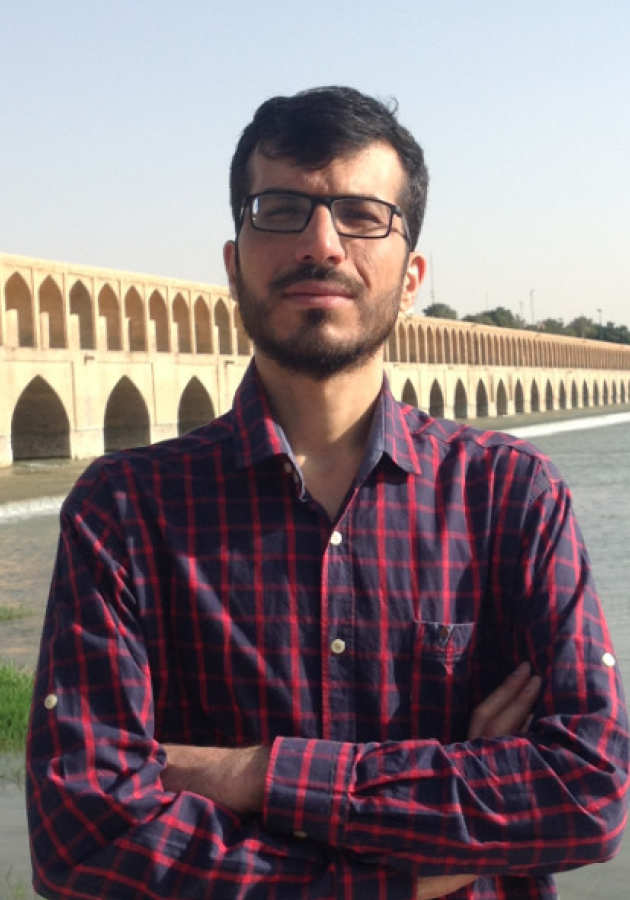
2018-2021 Research Associate, Imperial College London
Mahdi did his B.Sc. in electrical engineering at Isfahan University of Technology (IUT) in Iran, before moving to Munich for his M.Sc. in Physics. He obtained his Ph.D. from Heriot-Watt university where he was working on quantum simulation of many-body systems with superconducting circuits, in particular topological phases of matter.
As a theoretician member of the ion-trapping group, he is currently exploiting quantum information processing with trapped-ions beyond the conventional Lamb-Dicke regime.
Dr Johannes Heinrich
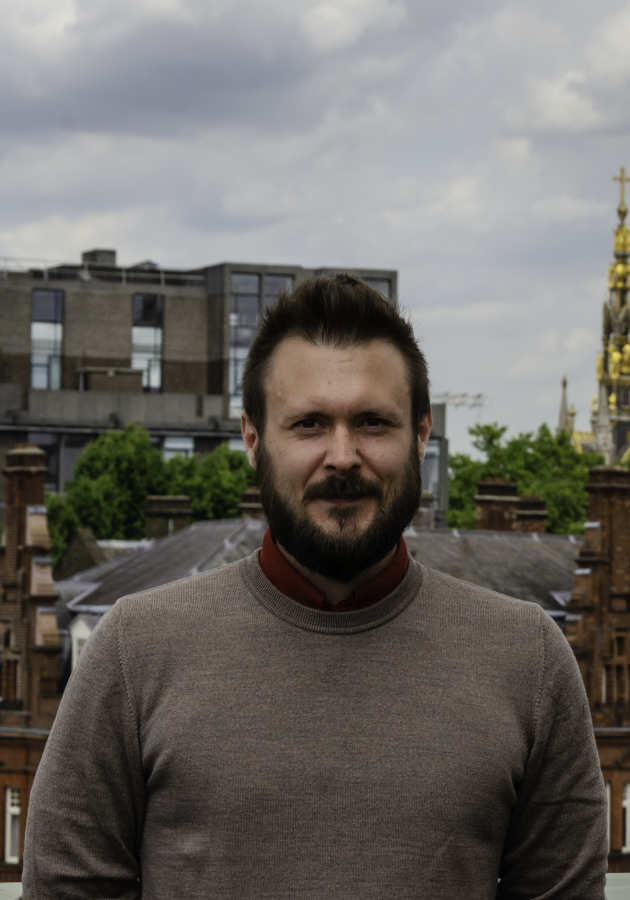 Oct 2018- Nov 2019
Oct 2018- Nov 2019
Current placement: https://www.hs-augsburg.de/en/Architecture-and-Civil-Engineering/Energy-Efficiency-Design-E2D.html
Johannes joined the Ion Trapping Group at Imperial in October 2018 and left in November 2019, having worked for more than five years in total on ion trapping and its applications. Since 2020 he has been working in the field of energy efficiency in buildings as a freelancer and at the Augsburg University of Applied Sciences to support efforts to make Germany's buildings climate-neutral by 2050.
E-Mail: johannesmatthias.heinrich@HS-Augsburg.de
linkedin: https://www.linkedin.com/in/johannes-matthias-heinrich-619069b3/
Dr Manuel Vogel
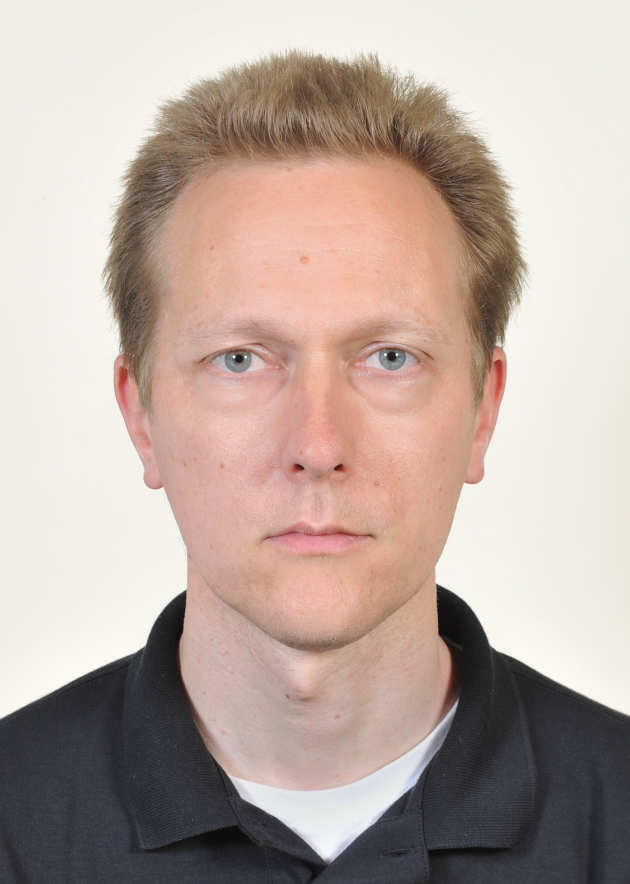 Jun 2007 - Jun 2010
Jun 2007 - Jun 2010
Current placement: GSI Helmholtz research centre, Darmstadt, Germany.
Dr Manuel Vogel has joined the atomic physics department of GSI in Germany and works on projects with highly charged ions in Penning traps, mainly for precision spectroscopy and light-matter interaction studies.
Contact me: Email, ResearchGate.
Dr Danyal Winters
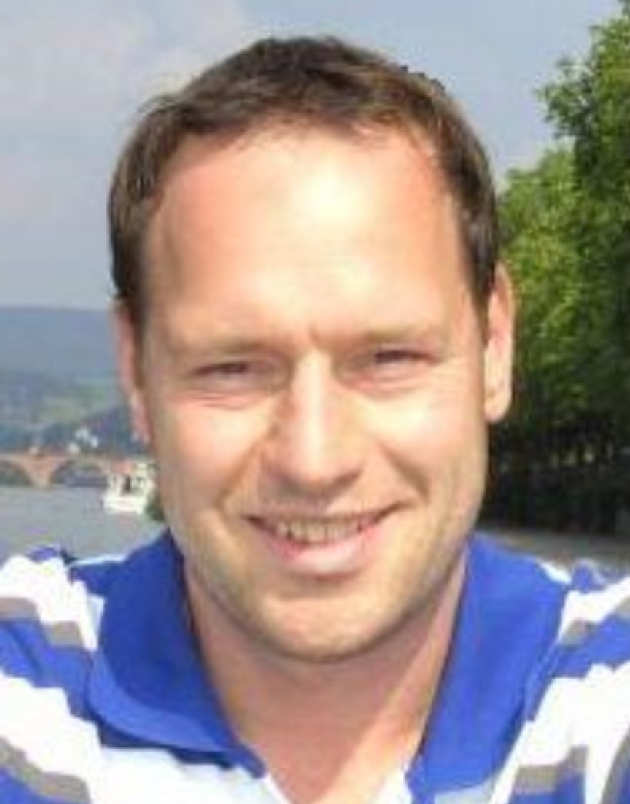 Jun 2004 - Dec 2005
Jun 2004 - Dec 2005
Current placement: GSI Helmholtzzentrum für Schwerionenforschung GmbH, Darmstadt, Germany
Danyal came to Imperial College in June 2004 and left in December 2005 to work for GSI in Darmstadt starting January 2006. In January 2008, he received a tenure track position at the atomic physics group. Since December 2012, he is a permanent scientific staff member at GSI. He is the `project leader´ of the laser cooling facility to be built at the SIS100 synchrotron of FAIR, and a SPARC laser cooling `working group leader´. Danyal performs laser cooling and laser spectroscopy experiments at the Experimental Storage Ring (ESR) of GSI in Darmstadt, Germany, and at the Cooler Storage Ring for experiments (CSRe) at the IMP in Lanzhou, China. Since 2015, he teaches – every summer semester – at the Technical University of Darmstadt a lecture course titled: atomic physics at accelerators.
Dr Dan Crick
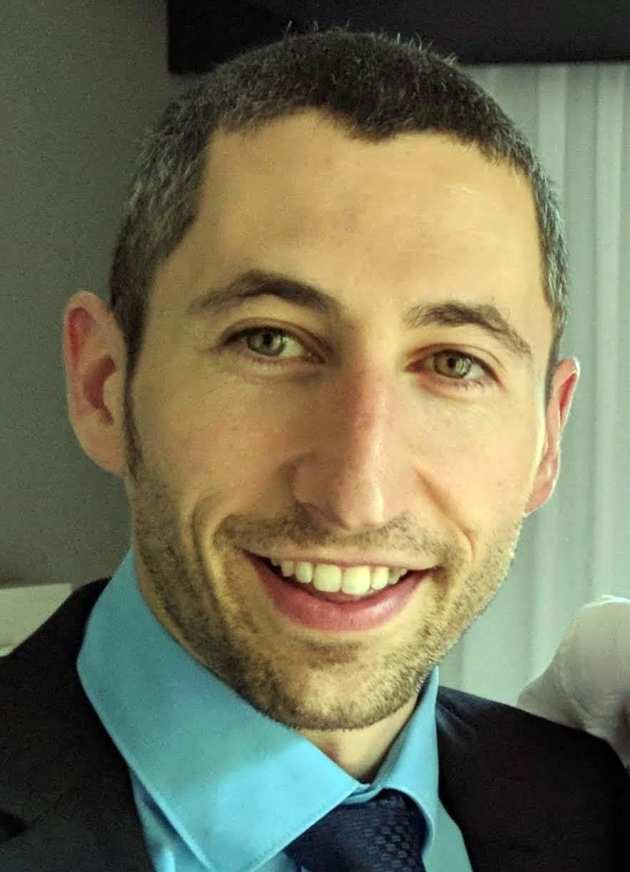
Mar 2009 - Oct 2014
Current placement: Iconal Technology Ltd., Cambridge.
Dan graduated with a physics degree from the University of Oxford. He then completed a PhD with the ion trapping group at Imperial College London.
Later, he moved from atomic physics to become a science and engineering consultant at TTP in Cambridge. Here, he worked on a wide range of projects, covering medical, biotech, data analytics, high-tech manufacturing and novel sensor development.
Now, he works as a senior technical consultant at Iconal Technology in Cambridge. He is part of a small (but growing) team helping government agencies to tackle non-military security threats by the application of physics and emerging technologies.
Contact me: LinkedIn.
Dr Joe Goodwin
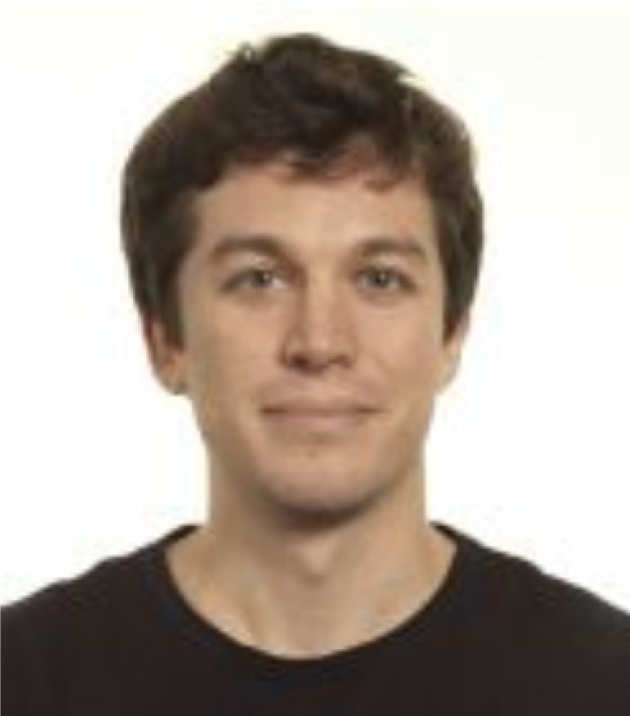 Mar 2015 - Oct 2016
Mar 2015 - Oct 2016
Current placement: Ion Trap Quantum Computing Group, University of Oxford.
After completing his PhD studies, Joseph remained at Imperial for 18 months as an EPSRC Doctoral Prize Fellow, before joining the Lucas/Steane ion trap group in Oxford in 2016. He has worked on a range of experiments in Oxford, including qubit memory benchmarking, construction of a cryogenic microwave-gate experiment, development of miniaturised integrated trap/vacuum systems, and photon-mediated entanglement of remote ions for distributed quantum computing.
He is now leading work to develop a novel approach to the construction of ion traps with integrated optical cavities, targeting increased remote entanglement rates and greater reliability, essential for large-scale implementation.
Dr Graham Stutter
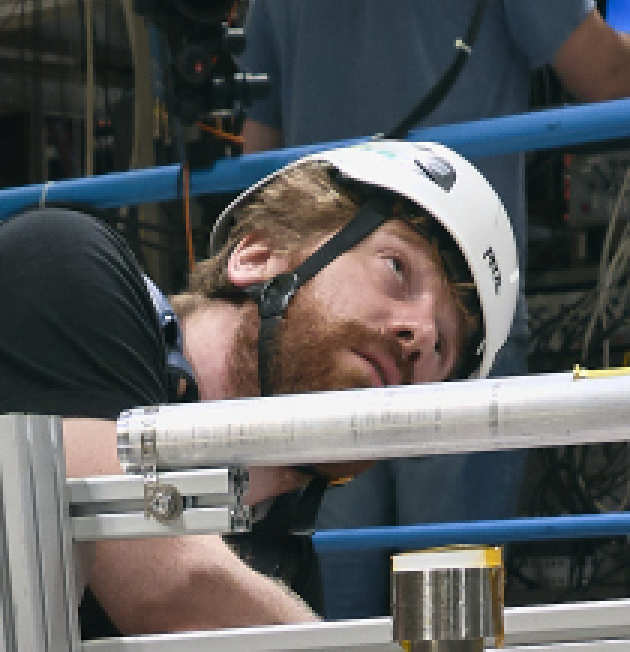 Mar 2016 - Jun 2016
Mar 2016 - Jun 2016
Current placement: Aarhus University, Denmark (based at the Alpha Experiment, CERN)
Since leaving the Ion Trapping Group in mid 2016, Graham have worked on the ALPHA experiment at CERN. They produce, trap and perform laser spectroscopy on antihydrogen atoms. He is part of the team responsible for measuring the 1S — 2S transition frequency, which they compare with the equivalent transition in hydrogen as a test of charge-parity-time symmetry.
Contact me: Email, LinkedIn, Alpha Experiment web page.
Jacopo Mosca-Toba
 2014-17 BSc, Kings College London
2014-17 BSc, Kings College London
2017-18 MSc, Imperial College London
2018-19 MRes in Quantum Controlled Dynamics, Imperial College London
2019-2023 PhD, Imperial College London
Jacopo is currently part of the CDT in Controlled Quantum Dynamics. He completed his BSc in Physics at King’s College London. He then proceeded into an MSc in Physics at Imperial College London, where he grew interest in trapped ions for quantum information processing.
His current research is focused in the optimal control of trapped ions in a linear Paul trap; based in the laboratory of Prof Richard Thompson and co-supervised by Dr Florian Mintert.
George Porter
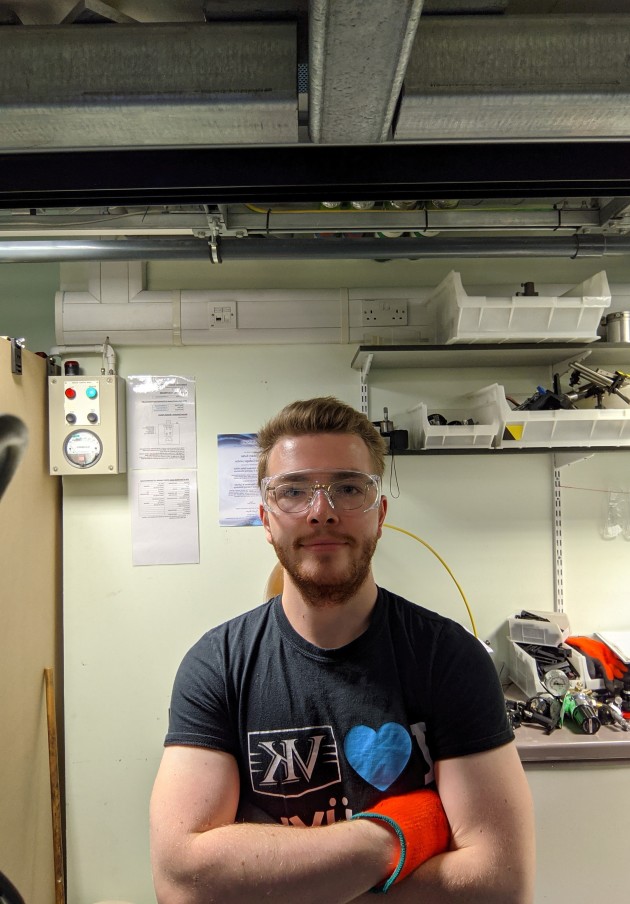
George completed his undergraduate studies at Imperial College London and completed his masters project in experimental solid-state physics exploring the behaviour of ferromagnetic nanostructures called "artificial spin ice."
He has since focused his attention on smaller scale quantum systems, finding himself interested in the world of trapped ions. His current research is focused on exploring higher-performance multi-qubit quantum logic gates as part of a wider collaboration with the Oxford Quantum Computing Hub.
Ollie Corfield

Jake Lishman
 2012-16 MPhys in Physics, University of Warwick
2012-16 MPhys in Physics, University of Warwick
2016-17 MSc in Quantum Systems Engineering, Imperial College London
2017- PhD in Physics, Imperial College London
Jake came through the first cohort of the Quantum Systems Engineering skills hub, and now works on the theory side of the group.
His work so far has been focussed on the creation and detection of motional superpositions in single trapped ions, and most recently on optimal control methods to perform the Mølmer–Sørensen two-ion entangling gate with high fidelities in the presence of experimental imperfections.
Chungsun Lee
 2014-17 BSc, University of Toronto, Canada
2014-17 BSc, University of Toronto, Canada
2017-18 MSc with Extended Research, Imperial College London
2018- PhD, Imperial College London
Chungsun completed a BSc in Physics at University of Toronto, Canada. He joined Prof. Richard Thompson's group for his master project on electronic detection of in a Paul Trap. During the project, he developed a strong interest in ion trap applications to quantum information processing. He rejoined the same group for his PhD.
Currently, his research has been focused on optimal control of quantum dynamics in a Penning Trap.
Vincent Jarlaud
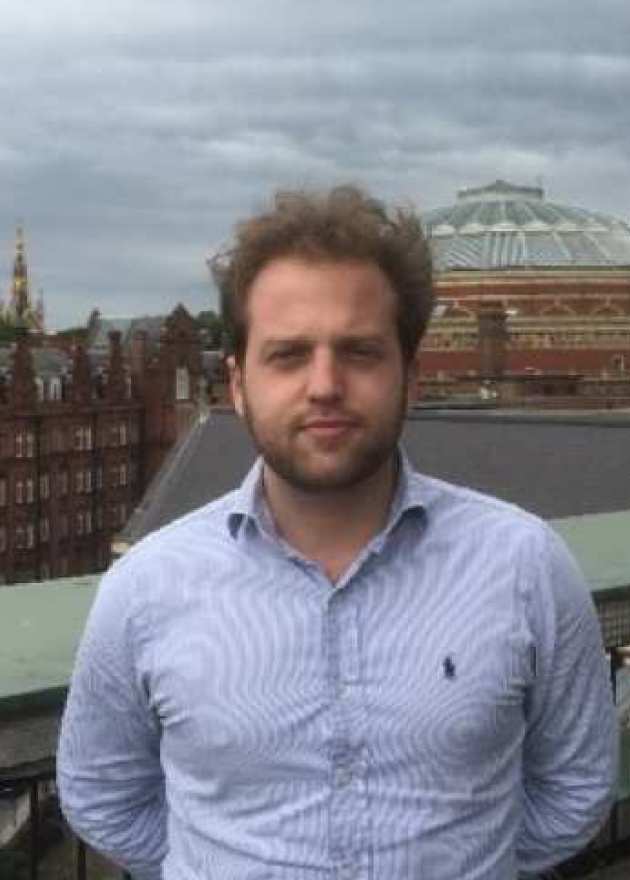 Oct 2014 - Oct 2018
Oct 2014 - Oct 2018
Current placement: Ion Trap Group of Aarhus University, Denmark.
After Vincent completed his PhD at Imperial College, he went to do a postdoc in the Ion Trap Group of Aarhus University in Denmark.
He is currently working on setting up an experiment to perform sympathetic laser cooling of molecular ions in a cryogenic Paul trap. The experiment aims to study light-matter interactions in complex molecules at very low temperatures.
Thesis: Sideband cooling of ion coulomb crystals in a Penning trap
Contact me: Email, LinkedIn, ResearchGate.
Manoj Joshi
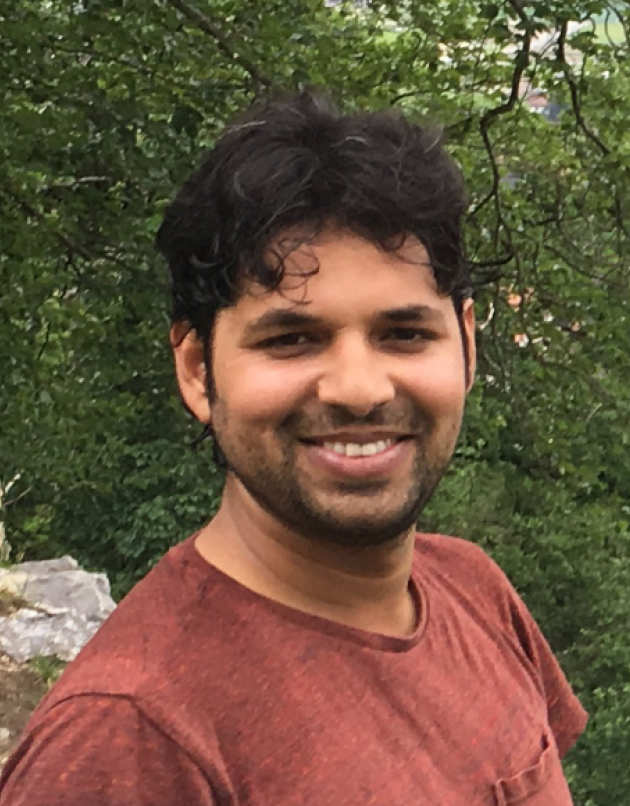 Oct 2014 - Oct 2018
Oct 2014 - Oct 2018
Current placement: Institute for Quantum Optics and Quantum Information Austrian Academy of Sciences, Innsbruck, Austria.
After Manoj finished his PhD at Imperial, he went to Innsbruck to work with Rainer Blatt and Cristian Roos.
He is currently a post-doctoral researcher from March 2018 at IQOQI, Innsbruck, working on quantum simulations using trapped ions.
Thesis: Coherent dynamics of trapped ions within and outside the Lamb-Dicke regime
Pavel Hrmo
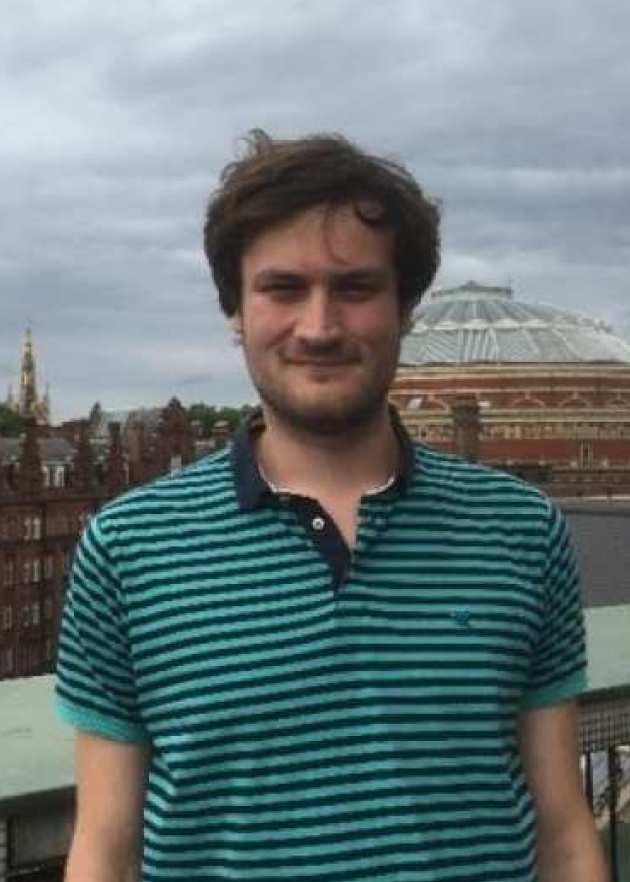 Oct 2014 -Oct 2018
Oct 2014 -Oct 2018
Current placement: University of Innsbruck, Austria.
After his PhD, Pavel joined the ion trapping group at the University of Innsbruck as a Postdoc, where he works within the quantum information processing team. His focus is on scaling up quantum computation in cryogenic surface traps and implementing quantum error correction algorithms.
James Tarlton (based in NPL)
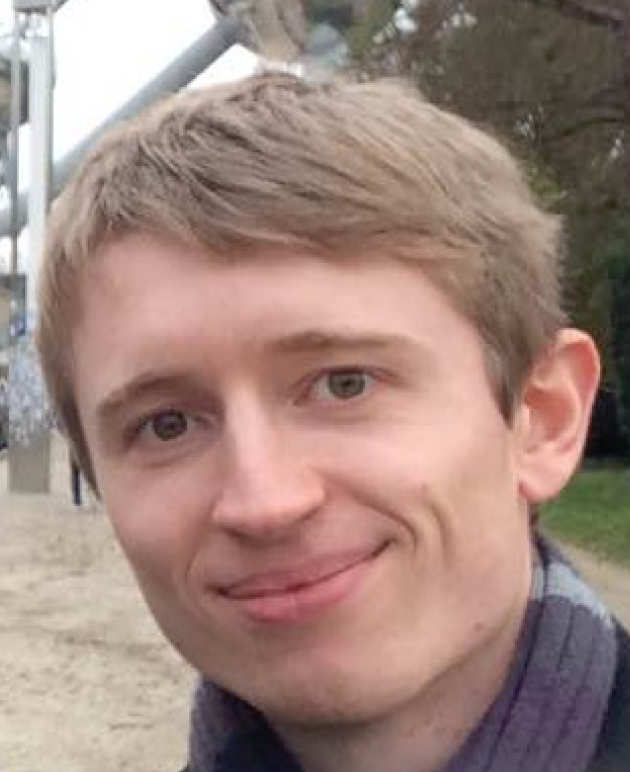 Oct 2014 - Feb 2018
Oct 2014 - Feb 2018
Current placement: United Kingdom
After Jamie completed his PhD, he started working in the Civil Service. He is now an operational researcher, using analysis to enable the government to make better decisions.
Contact me: LinkedIn.
Graham Stutter
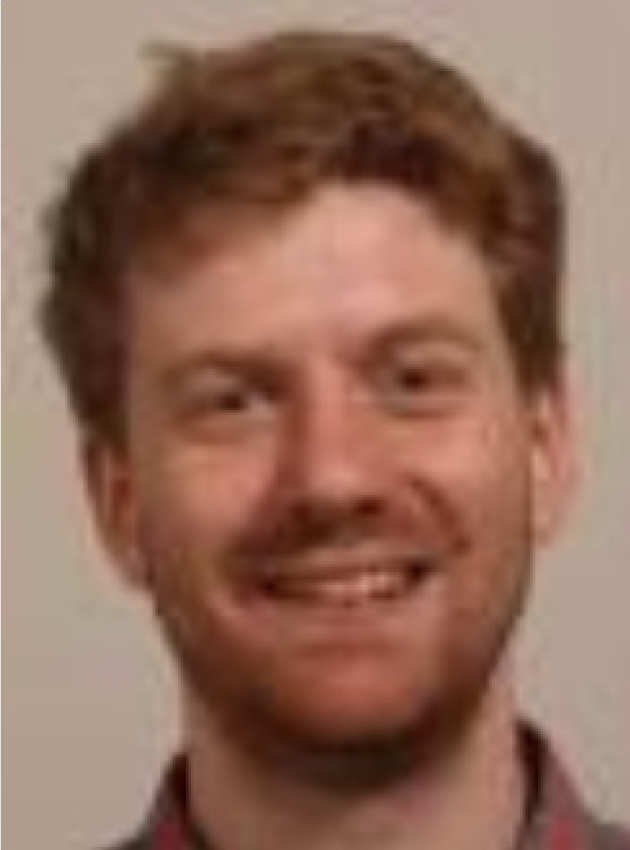 Mar 2011 - Mar 2016
Mar 2011 - Mar 2016
Current placement: Aarhus University, Denmark (based at the Alpha Experiment, CERN)
Since leaving the Ion Trapping Group in mid 2016, Graham have worked on the ALPHA experiment at CERN. They produce, trap and perform laser spectroscopy on antihydrogen atoms. He is part of the team responsible for measuring the 1S — 2S transition frequency, which they compare with the equivalent transition in hydrogen as a test of charge-parity-time symmetry.
Thesis: Quantum dynamics of small numbers of ions in a penning trap
Contact me: Email, LinkedIn, Alpha Experiment web page.
Joseph Goodwin
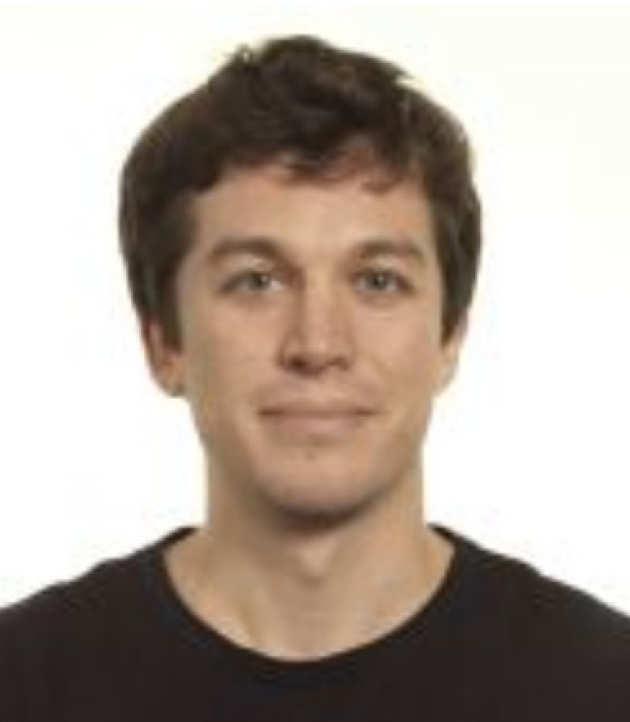 Mar 2010 - Mar 2015
Mar 2010 - Mar 2015
Current placement: Ion Trap Quantum Computing Group, University of Oxford.
After completing his PhD studies, Joseph remained at Imperial for 18 months as an EPSRC Doctoral Prize Fellow, before joining the Lucas/Steane ion trap group in Oxford in 2016. He has worked on a range of experiments in Oxford, including qubit memory benchmarking, construction of a cryogenic microwave-gate experiment, development of miniaturised integrated trap/vacuum systems, and photon-mediated entanglement of remote ions for distributed quantum computing. He is now leading work to develop a novel approach to the construction of ion traps with integrated optical cavities, targeting increased remote entanglement rates and greater reliability, essential for large-scale implementation.
Thesis: Sideband Cooling to the Quantum Ground State in a Penning Trap
Sandeep Mavadia
Jul 2009 - Oct 2013
Thesis: Motional Sideband Spectra and Coulomb Crystals in a Penning Trap
Sean Donnellan
Oct 2007 - Oct 2011
Thesis: Towards Sideband Cooling of a Single 40Ca+ Ion in a Penning Trap
Shailen Bharadia
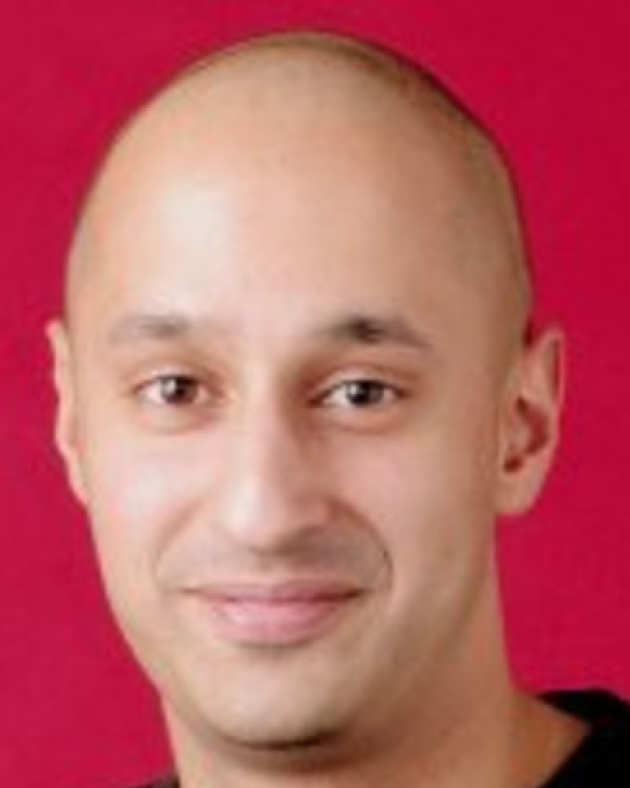
Jul 2007 - Oct 2011
Current placement: Beck Optronic Solutions Limited, Hemel Hempstead, UK.
After Shailen's PhD, he spent 4 years working as an Optical Engineer at Surrey Satellite Technology Limited (SSTL) on projects such as ESA's Tropomi and EarthCARE spectrometers, and SSTL's sub-metre Multispectral Imager.
Shortly after, he joined Beck Optronic Solutions Limited, who design and manufacturer precision optical solutions. He is now in a part of a small team of design consultants there.
Thesis: Towards Laser Spectroscopy of Highly Charged Ions
Contact me: Email.
Dan Crick

Oct 2005 - Mar 2009
Current placement: Iconal Technology Ltd., Cambridge.
Dan graduated with a physics degree from the University of Oxford. He then completed a PhD with the ion trapping group at Imperial College London.
Later, he moved from atomic physics to become a science and engineering consultant at TTP in Cambridge. Here, he worked on a wide range of projects, covering medical, biotech, data analytics, high-tech manufacturing and novel sensor development.
Now, he works as a senior technical consultant at Iconal Technology in Cambridge. He is part of a small (but growing) team helping government agencies to tackle non-military security threats by the application of physics and emerging technologies.
Thesis: Manipulation of Individual Laser Cooled Ca+ Ions in Penning Traps
Contact me: LinkedIn.
Hamid Ohadi
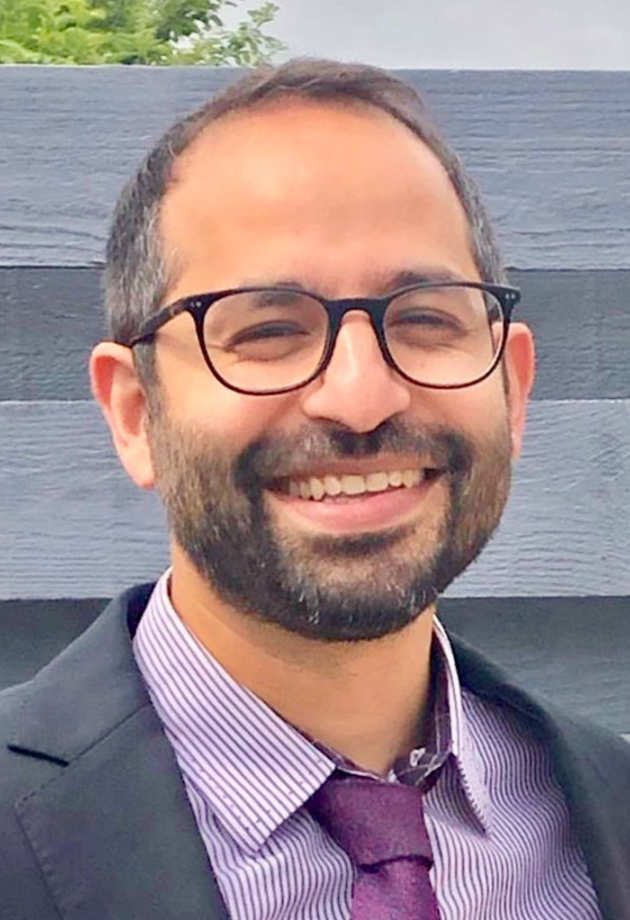 Mar 2004 - Jul 2007
Mar 2004 - Jul 2007
Current placement: University of St Andrews, UK.
After Hamid's PhD in laser cooling of ions in Penning traps with Prof Danny Segal and Prof Richard Thompson, I went to Southampton to work with Dr Tim Freegarde on trapping of neutral atoms.
After a few years, he changed my field to semiconductor microcavities and went on to work with Prof Jeremy Baumberg in Cambridge.
He is now a Lecturer in St Andrews working on strong light-matter interaction for quantum applications.
Thesis: Single Ca+ Ions in a Penning Trap for Applications in Quantum Info Processing
Mike Brownnutt
Oct 2003 - Sep 2007
Thesis: 88Sr+ ion trapping techniques and technologies for QIP (based in NPL)
José Rafael Castrejon Pita
Oct 2003 - Oct 2006
Thesis: Design, Development and Operation of Novel Ion Trap Geometries
Richard Hendricks
Oct 2002 - Sep 2005
Thesis: Spectroscopy and Dynamics of Laser-Cooled Ca+ Ions in a Penning Trap
Sarika Pugla
Oct 2002 - May 2007
Thesis: Ultrastable High Finess Cavities for Laser Frequency Stabilization (based in NPL)
Eoin Phillips
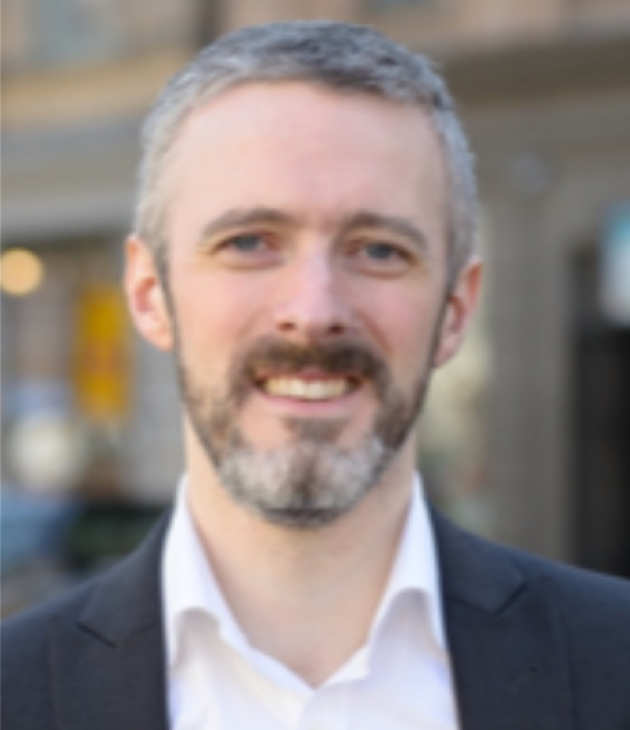 Oct 2001 - Sep 2004
Oct 2001 - Sep 2004
Current placement: Stockholm, Sweden.
Following his PhD in the Ion Trapping Group, he joined the research group at the University of Innsbruck as a postdoc working on the cavity QED experiment, investigating interactions between a single ion and a single photon.
He then moved back to the UK for a short contract as a postdoc with the University of Oxford ion trapping group before moving into management consultancy, first as an internal consultant in Tesco. He moved to Stockholm in 2011, joining a Swedish retailer and most recently moving to Capgemini Invent where he work mostly with Supply Chain engagements.
Thesis: Controlled Dynamics of Laser-Cooled Ions in a Penning Trap
Contact me: LinkedIn.
Peter Blythe
Oct 2000 -Sep 2003
Thesis: Optical Frequency Measurement and Ground State Cooling of a Single Trapped Yb+ Ion (based in NPL)
Valliappan Letchumanan
Oct 2000 -Sep 2003
Thesis: Coherent Control and Ground State Cooling of a Single 88Sr+ Ion (based in NPL)
Jake Sudbery
Oct 1999 - Sep 2002
Thesis: Studies of Laser Cooled Calcium Ions in the Penning and Combined Traps
Kingston Koo
Oct 1999 - Sep 2002
Current placement: St Paul's Girls' School, London.
Kingston is currently working as a teacher, teaching physics in St Paul's Girls School, London.
Thesis: Laser cooling and trapping of Ca+ ions in a Penning trap
Ivette Fuentes
Oct 1999 - Sep 2002
William Powell
Oct 1998 - Sep 2001
Matthew Storkey
Oct 1996 - Sep 1997
James Vincent
Oct 1994 - Sep 1997
Tom Walker
Oct 1994 - Sep 1997
Xidong Feng
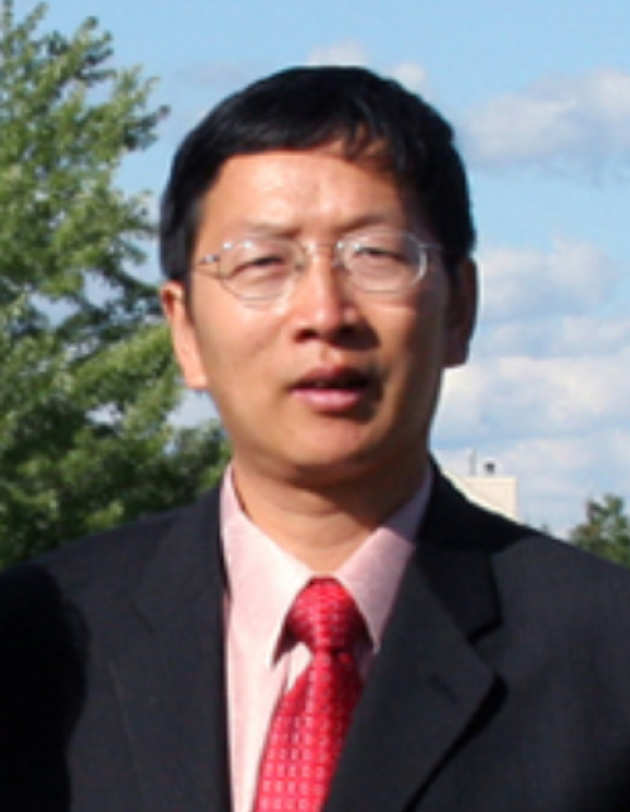 Oct 1994 - Sep 1997
Oct 1994 - Sep 1997
Current placement: Business School, University of Utah, Salt Lake City.
Xidong got his PhD from Imperial College, London, and served as Manager and Research Fellow at the EPSRC 9.4 Tesla FTMS National Facility, University of Warwick before assuming a position with Pfizer (Legacy-Wyeth) at Pearl River (NY, US) in 2001.
He is currently working as a Senior Principle Scientist at Pfizer (Groton, CT, US) using ion trap-based mass spectrometers to elucidate the structures of the drug molecules and drug targets, as well as the molecular mode of action of the drug molecules on their targets.
Contact me: Work email, personal email, LinkedIn.
Jose-Luis Hernandez Pozos
Oct 1993 - Mar 1997
Matthew Roberts
Oct 1993 - Sep 1996
William Power
Oct 1992 - Sep 1995
Gabriel Horvath
Oct 1991 - Sep 1994
Kishan Dholakia
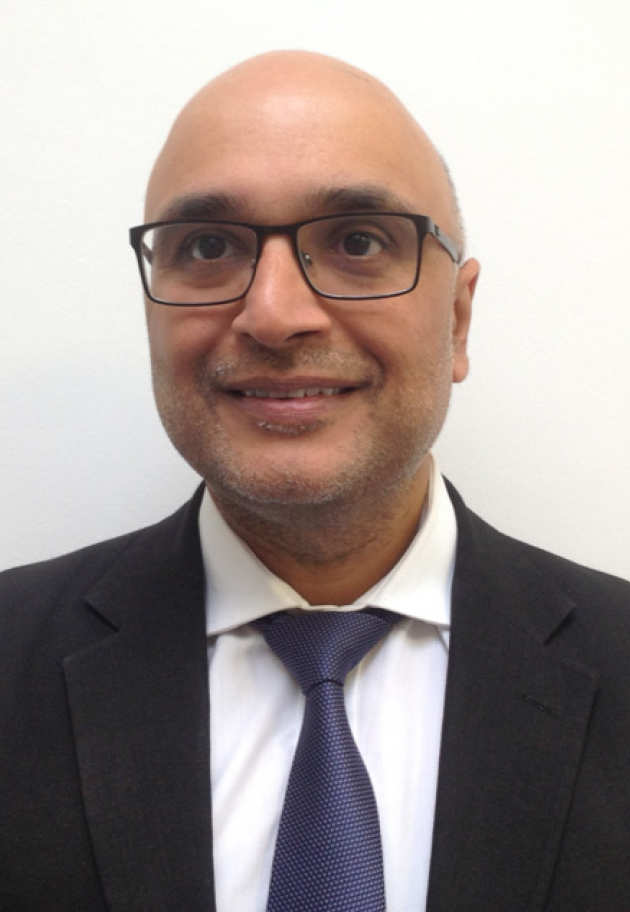 Oct 1990 - Oct 1995
Oct 1990 - Oct 1995
Current placement: School of Physics and Astronomy, University of St Andrews.
Kishan left Imperial College in 1995 and moved to the University of St Andrews in Scotland first for postdoctoral studies and then setup his own activity.
He is now a Professor of Physics and heads the Optical Manipulation Group which comprises of around eighteen researchers who work on a wide range of topics based on light. This includes advanced optical imaging for neuroscience and cancer diagnosis, beam shaping and manipulation of trapped particles.
David Wilson
Oct 1988 - Sep 1991
David Bate
Oct 1987 - Sep 1990
Current placement: Nikon X-tek Systems Ltd, Tring, England.
After completing his PhD, David moved to Cambridge to work on laser mass spectroscopy before moving to Leica (now Zeiss SMT) where I spent 10 years designing SEMs including Variable pressure SEMS.
In 2004 I moved to a small X-ray company in Tring called X-tek where I started in engineering before moving across to the Application engineering team and managing the Technical sales team. I finally moved back to engineering and have been in the team management ever since. Throughout this career I have always worked with charged particles in a vaccum and electron optics I learnt during my Ion trapping days. Currently, I am the Vice President of Engineering (Research) concentrating on new technologies.
Zhenghan Yuan (2021/2022)
Maoling Chu (2021/2022)
Zuting Zhao (MSc Optics and Photonics, 2020)
Jacopo Mosca-Toba (Controlled Quantum Dynamics, 2019)
Yudi Wu (Physics MSc, 2019)
William Shiela (Controlled Quantum Dynamics, 2018)
Chungsun Lee (Physics MSc with Extended Research, 2018)
Jacopo Mosca-Toba (Physics MSc, 2018)
Ollie Corfield (Quantum Systems Engineering, 2017)
Jake Lishman (Quantum Systems Engineering, 2017)
Nicolas Bourlet (Physics MSc, 2017)
Kawthar Al Rasbi (Physics MSc, 2015)
Jamie McMillan (Physics MSc, 2015)
Zizhen Xue (Controlled Quantum Dynamics, 2014)
Pavel Hrmo (Controlled Quantum Dynamics, 2014)
Jieyi Liu (Controlled Quantum Dynamics, 2014)
Franziska Beck (Physics MSc, 2014)
Malcolm Simpson (Physics MSc, 2014)
James Tarlton (Controlled Quantum Dynamics (based in NPL), 2013)
Rongjie Zhang (2021/2022)
Lajos Palanki (2021/2022)
Shenghui Duan (2021/2022)
Aliyah Saleem (2021/2022)
Xi Wang (2020/2021)
Zai Zou (2020/2021)
Qingyue Yan (2019/2020)
Muchen (Stephen) You (2018/2019)
Jack White (2017/2018)
Robert Gardner (2017/2018)
William Farrance (2017/2018)
Matthew Rankin (2016/2017)
Octavian Fosca (2016/2017)
Wai Qian Tham
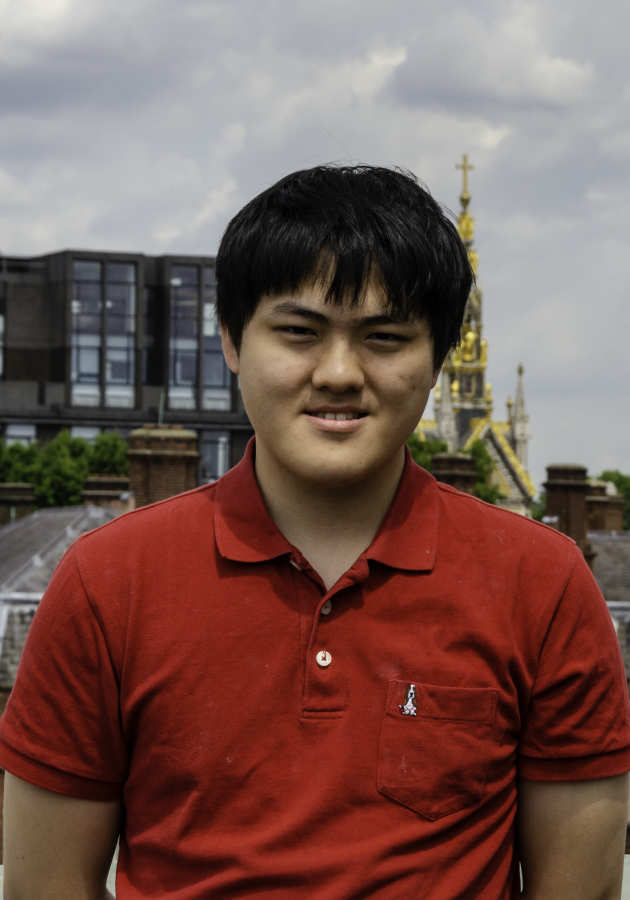 Jul 2019
Jul 2019
Current placement: Department of Physics, Imperial Colege London, UK.
Wai joined the ion trapping UROP in the second year of his BSc degree for 6 weeks. Currently, he is still in Imperial College completing his BSc degree in Physics.
Jiyong Yu
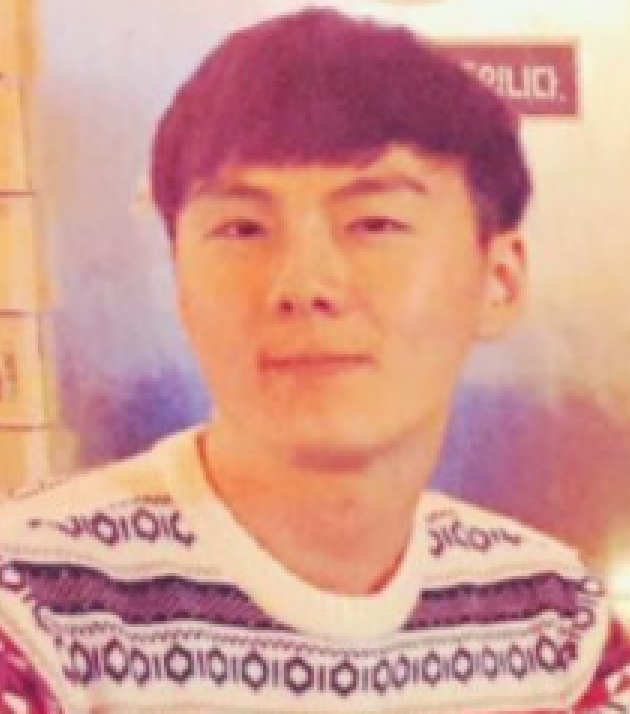
Jul 2018 - Aug 2018
Current placement: Center of Nano-Liquid laboratory in the Department of Physics & Astronomy, Seoul National University.
After having good time in Imperial college London, Jiyong is now back in Seoul National University doing internships in Nano-Liquid laboratory in department of Physics & Astronomy. In his group, he and his team are collaborating with SKT telecoms and doing quantum computing experiments using Yb 171+ ion traps. His main major is Physics and he sub-majored Math. In addition, he is now double-majoring in Computer Science in SNU. His main interest in physics is about quantum computing using ion trap flatforms.
Contact me: University email, personal email.
John Peurifoy
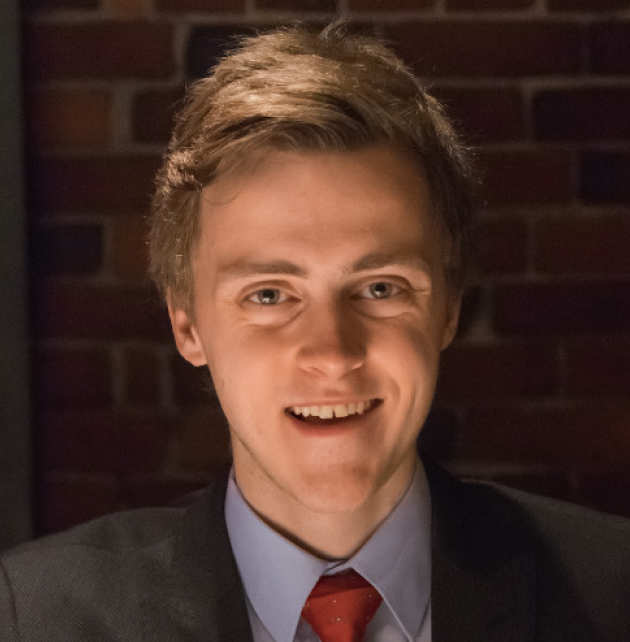 Jul 2017 - Aug 2017
Jul 2017 - Aug 2017
Current placement: Floating Point Group, New York City.
John previously worked in AMO physics - Ion Trapping, Nanophotonic Design, and Quantum Computing at MIT and Imperial. He is currently working in building trading systems for quantitative hedge funds via my company Floating Point Group in New York City. He is working in financial technologies, specifically with quantitative funds to build order execution algorithms.
Contact me: Email.
Romain Veyron
2017
Current placement: Laboratoire Photonique, Numérique et Nanosciences, Institut d'Optique d'Aquitaine, France
Romain is currently a PhD student in the group of Philippe Bouyer in Bordeaux. He is working on an experiment studying ultra-cold atoms in optical lattices. The aim of the project is to be able to increase the interaction and tunneling energies of an optical lattice by reducing its lattice spacing in order to study quantum phase transitions. This can be achieved using near-field potentials close to a surface. His work is mainly focusing on imaging in-situ ultra-cold Rubidium atoms with sub-wavelength resolution by engineering the energy levels.
Contact me: Email.
Victoria Sanchez Sebastian
2016
Get in touch
For all your ion trapping needs
004/006 Huxley Building,
Imperial College London,
London
SW7 2AZ

